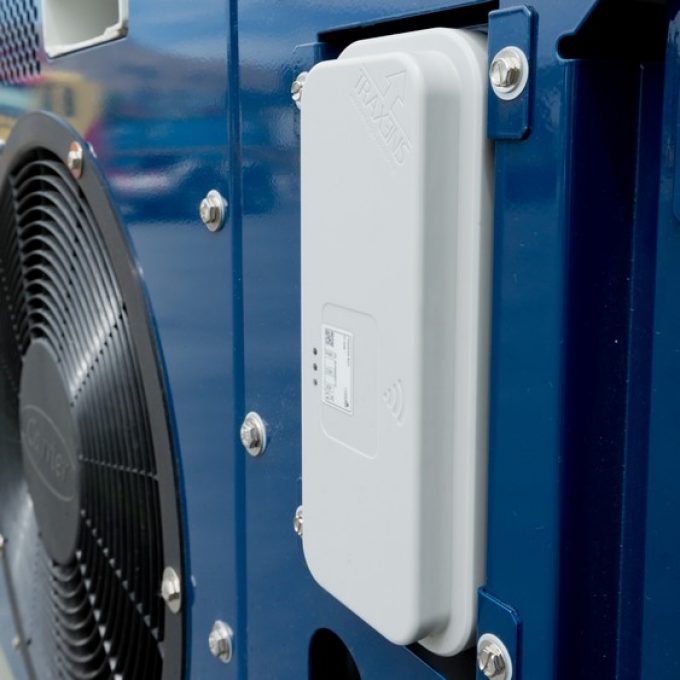MSC to launch new Oceania-US east coast Eagle service next year
Australian and New Zealand exporters to North America are set to get the second direct ...

More shipper engagement with carriers offering smart containers is required.
This would bring down the cost of the technology and push it towards ubiquity – although developing interoperability standards will also be key.
On the final day of last week’s TPM conference in Long Beach, Kathryn Delecluse, ...

Comment on this article